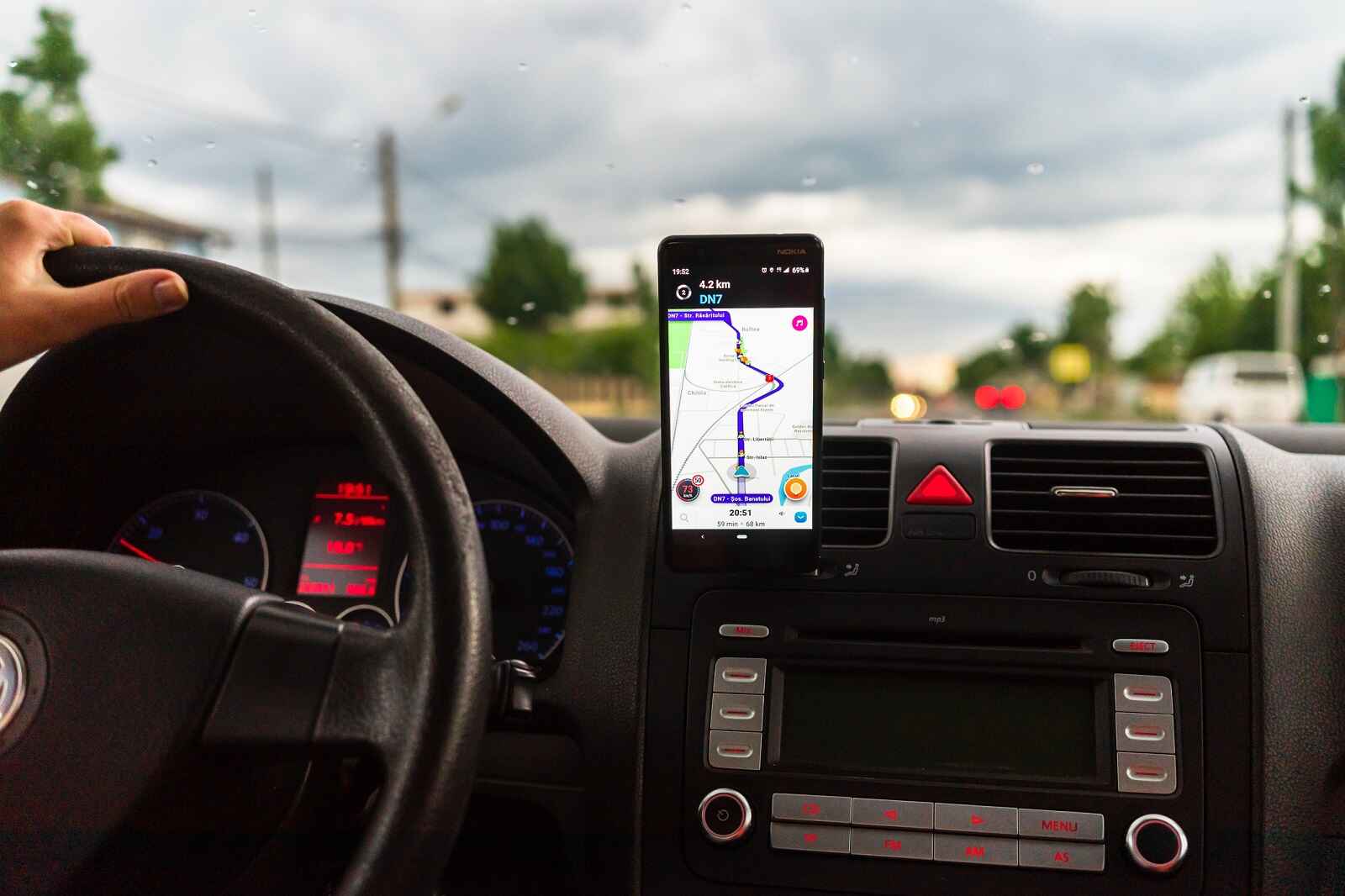Understanding the Interstate Designation
The term ‘interstate’ might suggest that these highways must cross state lines due to the prefix “inter-,” but this isn’t always the case. Despite the implication, the definition of an interstate is more about standards and connectivity within the National Highway System rather than geographical span. This explains why regions like Alaska, Hawaii, and Puerto Rico house interstates despite their physical separation from the contiguous U.S.
Criteria for Interstate Classification
What qualifies a road as an interstate is rooted deeply in regulatory standards set by federal guidelines. To be part of the interstate system, a highway must adhere to specific construction and design standards, maintain logical connections to existing interstates, or be recognized as part of a future expansion plan that will eventually integrate with the network. This flexibility in definition allows certain roads that don’t cross state borders to qualify as interstates, including those designated in Alaska, Hawaii, and Puerto Rico under special congressional legislation.
Design Standards and Regulatory Flexibility
Interstates are designed to accommodate high-speed travel and significant traffic volumes, with general requirements including multiple lanes in each direction and substantial shoulder widths to ensure safety. However, adaptations have been made for specific locations like Alaska and Puerto Rico, where the full interstate standards do not apply but the roads still meet local traffic needs and are integrated into the national system. This tailored approach helps maintain the integrity and functionality of the interstate system across diverse geographic and demographic settings.
Added Factual and Beneficial Information:
The Impact of Interstate Standards on Local Development
The stringent standards required for interstates, including minimum lane widths and speed capacities, play a crucial role in shaping regional infrastructure and development. These highways facilitate efficient transportation and commerce, which are vital for economic growth and connectivity within and across regions. Adhering to these standards ensures that even the most isolated parts of the U.S., like certain areas in Alaska, can enjoy the benefits of a well-connected transportation network.
Misconceptions and Legislative Adaptations
The presence of interstates in non-contiguous states and territories highlights the adaptability of U.S. infrastructure policies to accommodate unique geographical challenges. Legislation allowing for variations in design standards based on local needs illustrates the government’s commitment to providing equitable infrastructure solutions that address both current and future traffic demands. This adaptive policy framework ensures that all areas, regardless of their location or economic status, are integrated into the broader national framework.
Future Directions for the Interstate System
As the U.S. continues to evolve, so too will the standards and definitions governing its interstate system. Future legislative and infrastructural developments may further expand the scope and functionality of interstates, potentially including more advanced traffic management technologies and greener construction practices. These innovations will likely enhance the system’s efficiency and sustainability, ensuring it remains a backbone of American mobility in the changing landscape of transportation.

